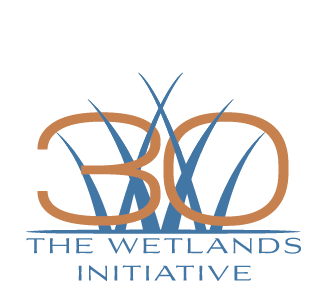In honor of American Wetlands Month, TWI and Openlands have teamed up to spotlight 14 of the best wetlands to visit around the Chicago region this summer using Openlands' Get Outside Map. From quiet marshes to biodiverse sloughs, these sites offer a chance to explore and reconnect with nature.
14 Chicago-Area Wetlands to Visit This Summer:
1. Volo Bog State Natural Area: Volo Bog is the only open-water quaking bog in Illinois, formed more than 10,000 years ago by glacial retreat. Visitors can follow a floating boardwalk across wetland vegetation including plants and trees rooted in a spongy, peat-rich floating mat.



